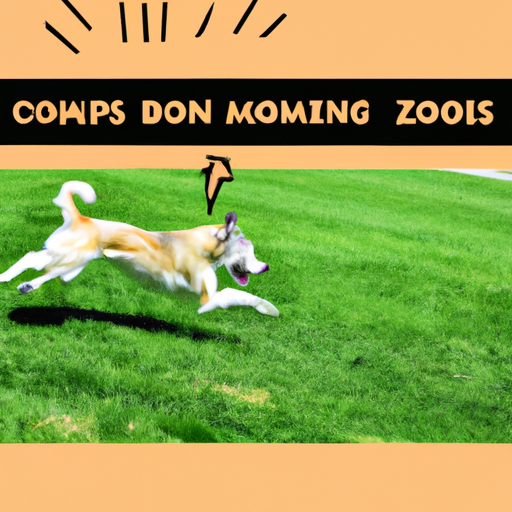If you’re a dog parent, you’ve probably seen your furry friend rocket around the house, yard, or park in a wild, frenzied manner. These sudden outbursts of energy are known as “zoomies.” But what exactly causes these zoomies and should you be concerned? Let’s dive in.
Understanding the Zoomies
Zoomies, or Frenetic Random Activity Periods (FRAPs), are bursts of energy that dogs typically exhibit in playful, joyous situations.
- They’re most common in puppies and young dogs, although dogs of any age can have zoomies.
- These energetic spurts can last a few minutes and might end as abruptly as they started.
- During a zoomie, your dog might run around indiscriminately, spin in circles, or charge back and forth.
Zoomies are completely normal and are a part of your dog’s natural behavior.
What Triggers Zoomies in Dogs?
Zoomies can be triggered by a variety of situations. Often, they’re a way for dogs to release pent-up energy.
- After a bath: Many dogs get zoomies after a bath, probably as a way to shake off the water and the strange feeling of being wet.
- During playtime: Exciting play sessions can also trigger zoomies. It’s just your dog’s way of expressing happiness and excitement.
- Upon waking up: Dogs, like humans, often have a lot of energy when they first wake up. That energy can translate into a bout of zoomies.
Are Zoomies Bad for Dogs?
Zoomies are a normal part of dog behavior and are generally safe. However, there can be risks if the zoomies happen in an unsafe environment.
| Potential Risk | Possible Solution |
|---|---|
| Injury from running into furniture or walls | Clear a safe space for your dog to run |
| Falling down stairs | Block stair access during a zoomie |
| Running away if outside | Ensure a secure fence or leash your dog |
How to Handle Your Dog’s Zoomies
If your dog’s zoomies are causing concern, there are ways to manage them.
- Provide regular exercise: Regular walks and playtime can help your dog burn off energy and reduce the frequency of zoomies.
- Create a safe space: Make sure your home environment is safe for your dog during a zoomie.
- Don’t chase your dog: If you chase your dog during a zoomie, they may think it’s a game and become more excited.
Frequently Asked Questions (FAQs)
Q: Are zoomies a sign of stress in dogs?
A: Generally, no. Zoomies are usually a sign of happiness or excitement. However, if your dog’s behavior changes suddenly or dramatically, it’s always a good idea to consult with a vet.
Q: Do all dogs get zoomies?
A: Most dogs, especially puppies and young dogs, experience zoomies. However, not all dogs do.
Q: Can I prevent my dog from getting zoomies?
A: While you can’t entirely prevent zoomies, regular exercise and stimulation can help manage them.
Navigating the world of dog behavior can be tricky, but understanding the ins and outs of zoomies can help you better understand and care for your canine companion.



